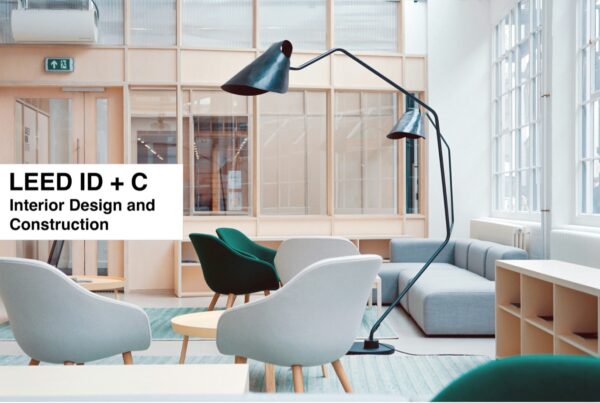The recently concluded Light+Building trade fair in Frankfurt, Germany showed the world what an exciting competition there is for smart lighting. Hundreds of exhibitors, both new and long-time players in the LED lighting system industry, showcased their creations, innovatively merging the concepts of smartness and sustainability. The competition is fierce but friendly, and all the better for everyone involved.
This year’s theme: Technology for Life – The best energy is the energy that is not consumed, couldn’t be more appropriate since countries are still dependent on non-renewable energy sources. Cities are rising up and growing, and energy demand for lighting is greater than ever before. Every bit of efficiency then is crucial.
Our Future is in LED
Two years ago, lighting giant Philips wowed us with Hue smart lighting system—app-controllable LED light bulbs with the chameleonic capability of changing colors (a staggering 16 million hues) depending on the user’s need and moods. The bulbs pair up with a bridge that connects to a wireless router which lets users can control the lighting via their smartphone or tablet. Philips calls its invention Personal Wireless Lighting.
When CFLs and LEDs first came to the picture, defenders of incandescent bulbs were quick to note the light emitted by the new breed of lighting systems were cold and impersonal. The ban on incandescent bulbs has been a controversial one, with some critics accusing lighting companies of connivance with the government so as to forward their products and their supposedly eco-friendly agenda.
Still, for all the prominence they have enjoyed for decades, incandescent bulbs haven’t improved their energy efficiency. And CFLs are not exactly as green as we hoped them to be, considering their mercury content, eventual dimming over the years, and reduced lifespan from the on/off cycle.
Which brings us back to LEDs.
Smart Lighting That Is Personal
This time around, Philips unveils three new additions to its hugely successful Hue—the fully dimmable, slightly more affordable, but white light-only Hue Lux bulb, the place-it-anywhere wireless light switch called Hue Tap that draws power from just being tapped, and lastly, an array of arty 3D-printed light sculptures—in pendant and table style—called smart luminaries.
As always, these brilliant products come with a price tag. The original Hue starter kit—three color-changing bulbs and a bridge—sold for $200, while the new kit costs only $100 but includes just two Lux bulbs and a bridge. Outfitting a home or building with the most personal smart lighting you can get in 2014 is still fairly expensive.
It’s a First World luxury indeed, another one of those technological advances that widen the gap between the privileged rich and the dirt-poor. While we fuss over what shade of purple to use in the drawing room this evening, some families in impoverished nations endure the night with just the sickly glow of a gas lamp for illumination.
That’s beside the point of course. For all its efforts, Philips has made great improvements in the way we light our homes and buildings, from increased lumens, reduced wattage, durability, and infinite customization.
What Philips has taught us is that lighting systems can be exploited to our advantage.
They can be used to create various moods, increase productivity, notify or remind us, blink along with music, and even serve as an alarm clock by gradual increasing the brightness to naturally wake us up. Wi-Fi capability allows us to turn on the lights in our homes in time for our arrival, as well as to give the appearance of an occupied home when we’re away on vacation. And since the Hues can easily change into a soft orange, that addresses the classic problem of artificial lighting disrupting our circadian rhythm.
Hue’s main selling point has always been the power of customization and personalization, especially in this digital age where we’ve become used to controlling all the details of our lives via the smartphone we carry in our pockets.
Clearly, in the connected home, light isn’t just about simple illumination anymore.
More Players in the Smart Lighting Industry
Samsung and LG want a piece of the action too, so they’ve launched their own respective smart lighting creations. Both Samsung’s and LG’s smart bulbs and lamps eschew the Wi-Fi and rely instead on Bluetooth. They have an advertised 10-year life, do not need an expensive proprietary bridge like Philips, and are more or less the same price as the Lux.
That’s a good thing since more players in the industry means more competition and consequently more reasons to innovate. And hopefully, as competition goes fierce, pricing gets down too.












